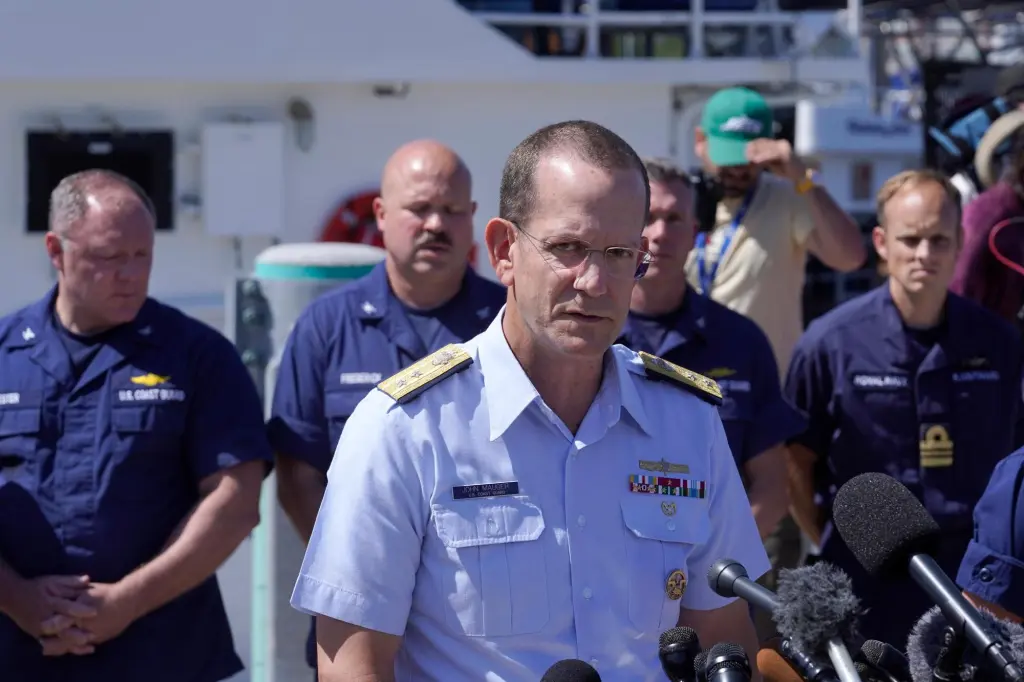By: Victor Zhang
OceanGate, a company specializing in submersible tours to underwater canyons and shipwrecks – the Titanic included, owned the Titan submersible. However, on June 18th, the Titan went missing with its pilot and four passengers. The group consisted of Stockton Rush, the CEO, and pilot of the submersible, Hamish Harding, a British businessman, Paul-Henri Nargeolet, a French maritime expert, and British-Pakistani businessman Shahzada Dawood and his son, Suleman.
A submersible is an underwater craft that needs to be transported and supported by a surface vessel or platform. This distinguishes submersibles from submarines, which are self-supporting and capable of independent operation. Deployed by OceanGate using a vessel called the Polar Prince, the Titan encountered communication problems an hour and 45 minutes into its dive, sparking a search and rescue mission that spanned several days. Time was of the essence, as the submersible had only a maximum of five days’ worth of oxygen.
Coordinating efforts with Canadian authorities, the U.S. Coast Guard launched an extensive search operation for the missing Titan. Various tools, including remotely operated vehicles (R.O.V.s), sonar buoys, and aircraft, were utilized in the search. Approximately nine vessels, multiple R.O.V.s, numerous sonar buoys, and four aircraft, including two American C-130 Hercules, a Canadian P3 Aurora, and a Canadian P8 Poseidon, were involved in the operation.
Tragically, the search concluded when a debris field, believed to be from the submersible, was discovered. The debris found matched the signs of a catastrophic loss of its pressure chamber. Additionally, the Navy reported that their underwater sensors had detected readings consistent with an explosion or implosion shortly after losing contact. Underwater, the pressure is very high, and if the pressure is too great for the hull of the vessel, the hull will collapse inward very violently, instantly destroying the vessel.
Prior to this devastating incident, there were previous warnings regarding OceanGate’s unsafe practices. The New York Times revealed that concerns had been raised by industry leaders, deep-sea explorers, and oceanographers in a letter to Stockton Rush back in 2018. These warnings emphasized the potentially “catastrophic” issues that could arise from the company’s “experimental” approach. This demonstrates a history of caution expressed in the approach provided to the company. On ABC News’s Twitter account, James Cameron, the director of the movie Titanic, who has personally explored the Titanic wreck over 30 times, remarked on the striking similarity between the Titan disaster and the historical tragedy.
The loss of the Titan submersible and its crew stands as a devastating chapter in the realm of underwater exploration. As the search and rescue operation concluded with the heartbreaking discovery of a debris field indicating a catastrophic event, concerns emerge regarding OceanGate’s safety protocols. The failure to heed warnings from industry experts and experienced deep-sea explorers only underscores the gravity of the situation. This incident serves as a stark reminder to reassess and prioritize safety measures to safeguard the well-being of future adventurers in the pursuit of knowledge and exploration in the vast underwater world. The missing Titan and its crew will forever serve as a somber reminder of the risks involved in venturing into the depths of the sea.











